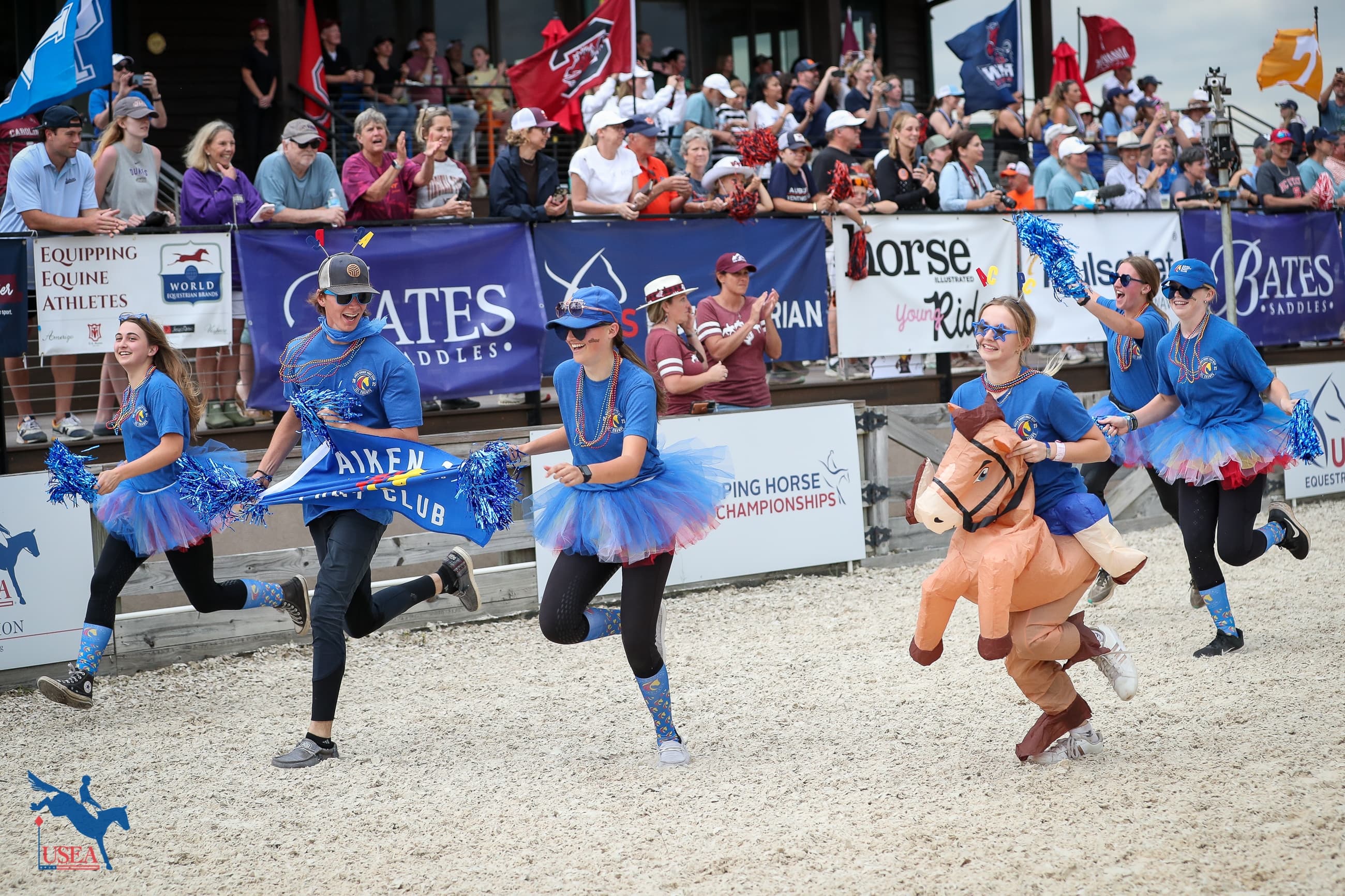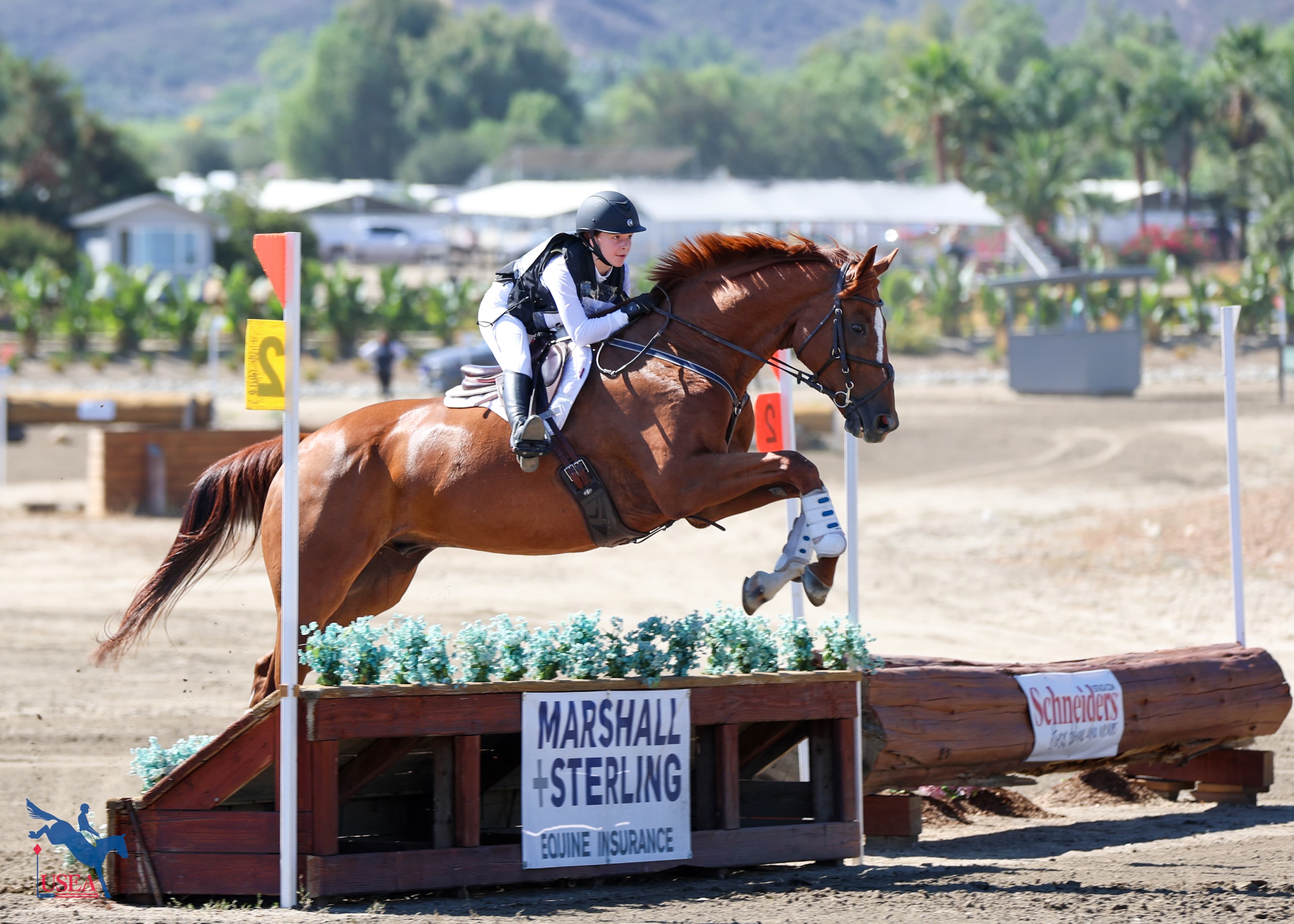Diagnostics: A Beginner’s Guide

In the world of equine sports medicine, there are diagnostics – identifying the problem – and treatment – fixing the problem. Diagnostics for horses has become very sophisticated over the last several years and there are a wide range of tools that can be used to diagnose problems.
Radiology, defined as “the medical discipline of using medical imaging to diagnose and treat disease within the bodies of animals,” includes projection radiography, computed tomography (CT), magnetic resonance imaging (MRI), nuclear medicine, and ultrasound.
All of these tools are used by Virginia Equine Imaging (VEI), an equine diagnostic and veterinary imaging center in The Plains, Virginia that specializes in equine sports medicine. The staff, led by Dr. Kent Allen, provide decades of combined experience in lameness and performance concerns as well as expertise in neurology, gastrointestinal, and airway medicine.
Projection Radiography
Projection radiography, also commonly referred to as x-ray, involves transmitting x-rays through a patient onto an x-ray film, and an image is formed based on which rays pass through to the film and which rays are absorbed by the patient. Since the discovery of x-rays in 1895, the technology has evolved dramatically from the traditional method of taking x-rays using film to digital radiography, which requires no film development.
In the equine world, the advent of portable radiography equipment, such that could be loaded on the back of a veterinarian’s truck and transported easily from farm to farm, meant that horses didn’t need to be able to travel to veterinary facilities for imaging – diagnosis could take place right on the farm.
Allen explained that the use of portable, digital radiography has revolutionized veterinary care for equines. “Direct digital radiography is what changed the game in radiography because all of a sudden we were seeing all kinds of detail we hadn’t seen before, and if you missed a retake you didn’t have to drive all the way back to the farm to retake it – you could do your quality assessment right then and there.”
“You could do it so fast too, that x-ray-guided procedures, like working on navicular bursas, became real-time deals,” Allen continued. “You could insert the needle, take the x-ray, and look and decide if you need to move the needle. With film you couldn’t do that, because to keep the horse in position while someone runs off to develop the plate for five minutes – it didn’t happen.”
Computed Tomography (CT)
Computer tomography uses x-rays in conjunction with computer algorithms to image a patient. With CT, an x-ray tube and x-ray detectors are situated in a ring-shaped device that rotates around a patient and feeds the data into a computer which collates the “slices” and produces a cross-sectional image, or a tomograph. CTs can detect more subtle variations in bone structure and can be used to create three-dimensional renderings of internal structures.
CT has had limited applications for horses due to the nature of CT imaging machines. Mostly, CT is used to image the equine head and neck and is useful for diagnosing issues associated with those structures. Otherwise, the horses must be heavily sedated and laid on their sides to take images of other structures. The revolution will come, so to speak, when a CT can be used on a limb without needing to sedate the horse.
“Everyone says CT is going to revolutionize radiography,” Allen said, “but it’s going to take a while to get there. Someone eventually will come up with a ‘relatively’ inexpensive way to do it – and by that I mean for a quarter of a million versus three-quarters of a million – and that’ll be the next big thing that changes radiology as we do it.”
The other difficulty with CT is that it’s not available everywhere. Allen said that most major universities will have some sort of CT imaging device, but it may require travel to a veterinary clinic that offers one.
Magnetic Resonance Imaging (MRI)
For soft tissue imaging and diagnosis, Allen said the gold standard is magnetic resonance imaging or MRI. “If you stack up looking at soft tissue on CT against MRI, MRI wins hands down – CT doesn’t even come close,” he said. “There are certain versions of CT that do better with soft tissue than others, but none come as close as MRI.”
MRI uses strong magnetic fields to align atomic nuclei (usually hydrogen protons) within the body tissues of the patient and then uses a radio signal to disturb the nuclei and observes the radio frequency signals the nuclei generate as they return to their baseline. Those signals are collected by antennae and then an image is generated of the internal structures. MRI is considered to be the modality that best images soft tissues, although it is also useful for detailed bone imaging.
Allen explained that there are “low-field” MRI and “high-field” MRI, which most closely translates to resolution. All high-field procedures require that the horse be sedated and laid on his side to use the imaging device. There are low-field devices that exist that the horse can stand in to be imaged.
“MRI allows us to do detailed imaging of bone, see physiologically what’s going on inside the bone (which you never could before),” Allen said. “It lets you see inside the bone, like a bone scan, but a bone scan is very sensitive – more sensitive than an MRI – but it’s not very specific. You can’t see bone edges as effectively – it’s better for imaging areas of inflammation. You can get very specific with MRI.”
Like CT, MRIs are housed at veterinary facilities and may not be available everywhere. And, MRIs have their limitations as to what areas of the body they can most easily image. Backs, for example, can be tricky, so more often a veterinarian might opt for a bone scan as a diagnostic tool.
Nuclear Medicine
Bone scans, or nuclear scintigraphy, involve injecting a horse with a small amount of technetium-99m, the “m” meaning it is metastable and will rapidly shed electrons and drop a valance state, giving off gamma radiation. A specially-designed gamma camera is then used to collect data – gamma radiation enters the camera, hits a lead filter, and then hits a sodium iodide crystal, giving off a flash of light detectible by the photomultiplier in the camera. When that data is fed into a computer, it generates an image.
While the images generated by bone scans are not precise or detailed, they are highly useful for imaging large areas of the horse at once to help detect where the issue might be situated. For example, if your horse is presenting lameness but it’s unclear if the lameness originates in a front limb or a hind limb, bone scans can reveal areas of bone inflammation that can help pinpoint where additional diagnostic imaging should occur.
Ultrasound
Ultrasound technology operates by emitting high-frequency sound waves to visualize the soft tissue structures of the body in real-time. By observing which waves pass through the tissue and which waves “bounce back,” one can observe the relative density within the soft tissue structures. While ultrasound cannot penetrate air pockets (such as the lungs or intestines) or bone, it is very useful for looking at soft tissue injuries.
Over time, ultrasound technology has developed from static, two-dimensional images to the real-time three-dimensional constructions you see today. For this reason, ultrasound is the most commonly used imaging modality for guided procedures and treatments.
Different ultrasound technology will allow you to look deeper into the horse’s body, but Allen warned that you will lose resolution or clarity of the picture the deeper you go. The higher the frequency of the sound wave, the more detail you see, but high-frequency waves cannot penetrate as deep into the tissues.
Like traditional radiography, ultrasound is typically one of the first diagnostic tools a veterinarian will use before jumping to something like MRI. While MRI is a more powerful and comprehensive tool, it’s also significantly more expensive. In many soft tissue cases, ultrasound technology is sufficient for diagnosing the issue.
Allen also pointed out that ultrasound is the most dependent on the skill of the veterinarian for getting a good image, which is why there is so much focus in the veterinary community around education. “You can’t ever get educated enough on ultrasound,” Allen said. “And it, like everything else, is morphing and changing as the technology advances.”
Knowledge and Experience > Gadgetry
Regardless of technology, Allen said that you still have to have a veterinarian with the knowledge and experience to understand what they’re looking at and that can make a proper diagnosis and recommendation for treatment. All the fancy imaging equipment in the world won’t do that for you.
“It won’t tell you the whole story,” Allen stated. “You have to get out there and hoof test and flex and block and watch the horse move and figure out what the problem is, and then you devise a treatment and hope the horse agrees with you. I’ve had every imaging toy known to man and my most valuable tool is still my hoof testers.”
About Dr. Kent Allen, DVM
Dr. Allen received his DVM from the University of Missouri in 1979 and has been practicing equine medicine ever since. Dr. Allen opened Virginia Equine Imaging in 1996 after selling the practice he formerly owned in Arizona (Arizona Equine Medical and Surgical Center). Virginia Equine Imaging became the first privately owned and operated equine diagnostic imaging specialty clinic in the world. He had a vision to establish a practice that provides advanced diagnostic and sports medicine catered to the equine athlete in a way that had never been done before.
Dr. Allen has previously served as a member of the USEA Board of Governors, Chairman of the USEF Veterinary Committee, the USEF Drug and Medication Committee, and the Medication Sub Committee for the Federation Equestre Internationale (FEI). He served as the FEI Foreign Veterinary Delegate for the 1999 Pan American Games in Winnipeg, Canada, the 2000 Olympic Games at Sydney, and the 2012 Olympic Games in London. Dr. Allen was also the Veterinary Coordinator at the 1996 Olympic Games in Atlanta and the 2010 World Equestrian Games.
Dr. Allen is currently certified by the International Society of Equine Locomotor Pathology (ISELP) and serves as its Vice President and Executive Director. He also serves as the volunteer Chairman of the United States Equestrian Federation (USEF) Veterinary, Drug, and Medications Committees and on the FEI Veterinary and List Committees. Dr. Allen continues to see patients and share his knowledge with veterinary interns and clients on a day-to-day basis striving the share his knowledge with the equine industry both in his local community and around the world.
Did you enjoy this article? Want to receive Eventing USA straight to your mailbox? Members receive Eventing USA as part of their USEA Membership or you can purchase individual issues from the USEA Shop.














